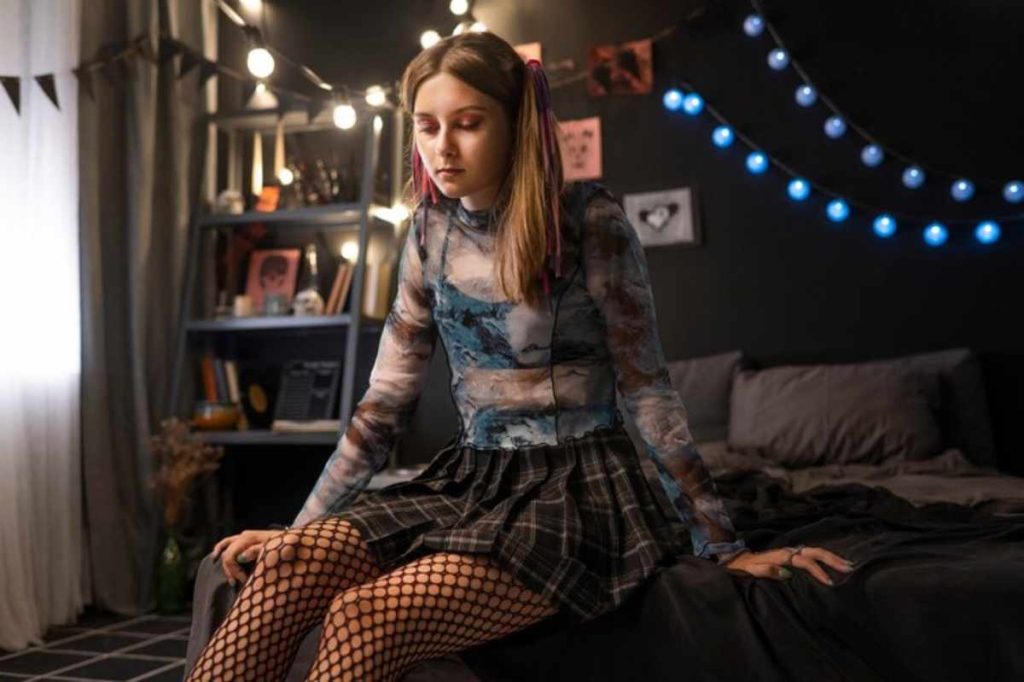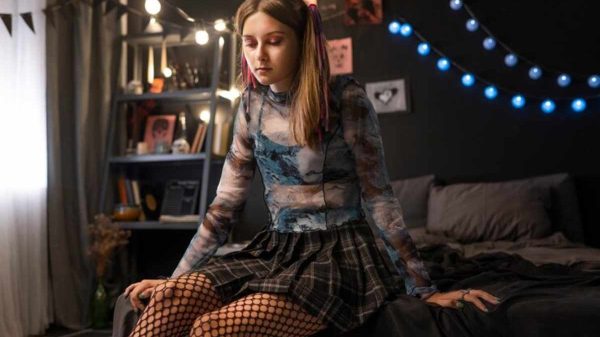More than just a fashion trend, punk fashion is a statement of rebellion, individuality, and bold self-expression. Emerging in the 1970s, punk has evolved into a dynamic subculture that continues to influence modern fashion.
In this ultimate guide, we’ll explore the punk fashion trends that define this edgy aesthetic and how you can incorporate them into your wardrobe.

Punk fashion was born out of a counterculture movement that rejected mainstream norms. Early pioneers like Vivienne Westwood and punk bands like The Sex Pistols set the tone with their bold, anti-establishment style.
Modern Interpretations of Punk Fashion
Punk fashion trends continues to evolve, blending with other styles to create fresh looks:
Punk-Grunge Fusion: A mix of punk staples like leather with grunge elements like oversized flannels.
High-Fashion Punk: Luxury brands incorporating studs, leather, and tartan into their collections.
Casual Punk: Simplified outfits with punk-inspired details like studded sneakers or ripped denim.
How to Incorporate Punk Fashion Trends into Your Wardrobe
Start Small: Add subtle punk elements like studded accessories or ripped jeans.
Mix and Match: Pair punk staples with neutral pieces to balance your look.
Be Bold: Embrace vibrant colours, patterns, and edgy hairstyles.
DIY It: Customize your clothing to add a personal touch.
Sustainable Punk Fashion Tips
Thrift Shopping: Find vintage leather jackets and band tees at second-hand stores.
Repurpose Clothing: Give new life to old clothes by adding patches or distressing them.
Support Ethical Brands: Choose sustainable alternatives for your punk staples.
Conclusion
Punk fashion is not just about clothing; it’s about expressing defiance, individuality, and resistance to societal norms. Over time, it has evolved and influenced mainstream fashion, incorporating elements like streetwear and grunge while retaining its core rebellious spirit.
Today, punk fashion continues to inspire subcultures and fashion designers alike, maintaining its role as a symbol of personal expression and anti-conformity.
The ultimate guide to punk fashion trends highlights the timeless appeal of this bold and expressive style. From leather jackets to studded accessories, punk fashion offers endless opportunities to showcase individuality.
Whether embracing the classics or exploring modern twists, punk fashion is all about confidence, creativity, and making a statement.
Frequently Asked Questions(FAQs):
What is punk fashion?
Punk fashion is a rebellious style that emerged in the 1970s, characterized by leather jackets, band tees, ripped denim, studs, safety pins, and bold, DIY elements.
How did punk fashion evolve?
Punk fashion evolved from the DIY ethos of the punk rock scene, incorporating elements like bold patterns, plaid, spiked accessories, and a mix of grunge and glam.
What are the key punk fashion items?
Essential punk items include leather jackets, band shirts, ripped jeans, combat boots, chokers, spikes, and plaid skirts or pants, all emphasizing individuality and defiance.
How can I incorporate punk fashion into everyday wear?
Incorporate punk fashion by adding a leather jacket, band tee, or combat boots to casual outfits—layer with accessories like studs or chains for a punk-inspired look.
Is punk fashion just for music fans?
While punk fashion originated in the music scene, it has become a statement of rebellion and individuality, appealing to people beyond music enthusiasts.
What colours are associated with punk fashion?
Punk fashion embraces dark and bold colours like black, red, and neon. Plaid patterns, distressed fabrics, and metallic accents are common in punk style.
How do punk fashion and hairstyles relate?
Punk hairstyles often feature bold colours, shaved sides, spikes, or Mohawks, complementing punk fashion’s rebellious and anti-establishment spirit.











